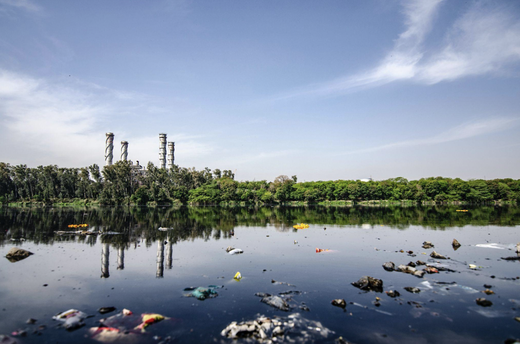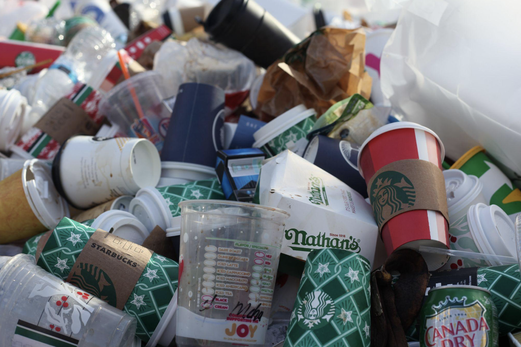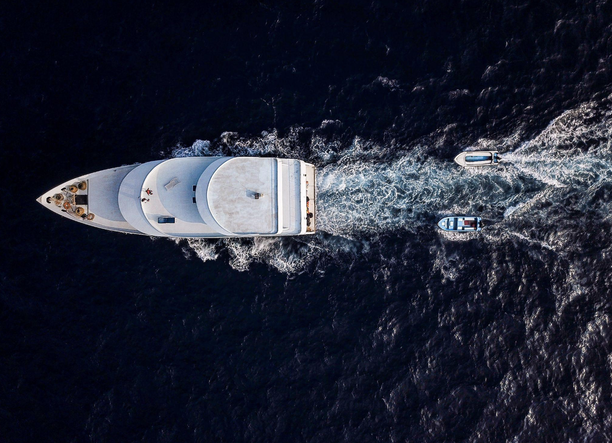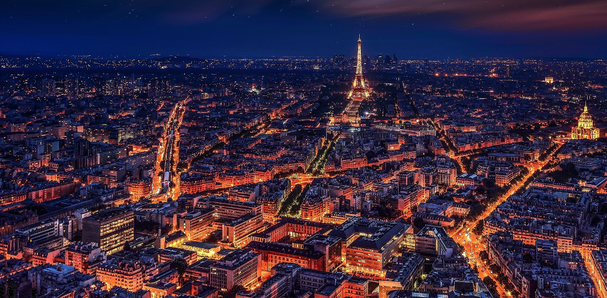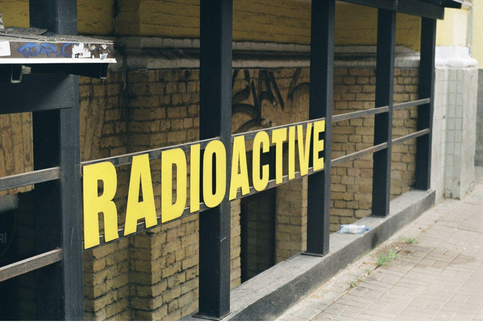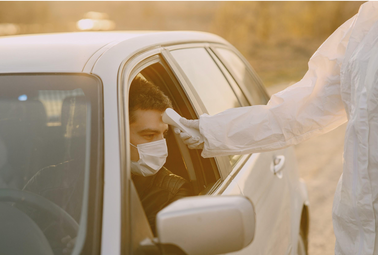|
We all are aware that water is one of the basic necessities of life. It is important to realize that water pollution kills more people than war and all other sorts of violence combined.
If you are part of the same population that thinks that there is more water on earth than land, you need to understand the fact that, yes, water is in abundance. But the resources of freshwater that we can easily categorize as drinkable water are limited. To believe the global statistics, we have access to less than one percent of the freshwater. As we are expecting an increase in global freshwater, the situation is likely to worsen in the near future, so the challenges will only get hard. What is WATER POLLUTION? Water pollution can be easily understood as a phenomenon when harmful substances such as chemicals, pesticides, insecticides, and other types of pollutants become part of the ecosystem. They then interfere with the habitat and cause contamination in the stream, rivers, lake, and aquifer. All this causes a severe degradation in the water quality, and dependency on these contaminated waters then leads to health complications in humans. Main Culprits or Causes Water is a fluid that is known as Universal Solvent. It is uniquely able to dissolve a lot more substances than any other liquid that is present on our planet. That is why the concept of water pollution is so scary, and that is why we all should be more attentive towards these matters. Today we will be considering some of the main factors that are leading to water pollution and the sectors that we humans depend on so much: ● Agriculture ● Industry
0 Comments
When you order an iced coffee at Starbucks, do you keep the coffee cup? For many people, this is a no-brainer. In fact, many consumers may now be wondering whether their drink bought in a paper cup has any eco-friendly benefits whatsoever? It turns out that these disposable cups are not so eco-friendly, which leads many environmentalists to call them “coffee cup pollution.”
The throwaway culture of non-recyclable coffee cups Coffee drinkers around the world have been finding out the hard way that their paper cups aren't actually recyclable at all - no matter how many times they have been told by coffee chains. And this isn't just a problem for those of us who take beverages out on the go - as more and more people are using drive-through service as well as home delivery from shops such as Starbucks Coffee. It is estimated that 2.5 billion coffee cups are tossed away each year, taking up landfill space and adding to pollution. In addition, these paper-based products take over 500 years to decompose. With about 5000 cups trashed away every minute, it is important for us to do what we can to reduce this number and protect the environment from pollutants like BPA and DEHP, which are found in paper products. And if that wasn't bad enough for their environment, they also contribute to climate change because they're made from nonrenewable resources like crude oil and natural gas, which release greenhouse gases into our atmosphere during its production, distribution, and disposal. Also, they require virgin materials such as trees. Therefore, it's time for us to be more conscious about what we use when taking our morning coffee break! Boating is fun and relaxing, but even if you've never thought of it before, it is quite damaging for the hapless wildlife in the “Silent World” undersea. Since the year 2000, researchers have identified a myriad of environmental hazards associated with boating, which might have us re-appraising how we ride our boats in the water.
Sound is important for the survival of marine animals Sound is the primary and the most efficient means of communication underwater. Most animals survive on the acoustic cues to hunt prey, find their mates and locate their homes, communicate, and warn each other of potential predators. On the other hand, sounds released by human activities and watercraft interfere with or mask the ability of marine animals to hear the natural or biotic sounds in the marine environment; thus, we call it oceanic noise pollution. Over the past centennial, an increased rate of shipping, recreational boating, and deep-sea exploration along coasts and offshore environments has been fueled in parts by technology. And the sonorous noise from these activities travels a long way underwater. Such noises adversely affect the abilities of marine animals to communicate with their mates, offspring, and other group members. There is no denying that this noise is masking not only the environmental cues vital for their survival but a concomitant change in ocean noise levels is also reported in several regions worldwide. I will get over the impacts of boat noises on echolocation shortly. Let’s first familiarize ourselves with different sources of sound in the ocean or sea and how animals use these sounds to better understand the damage caused. Sources of sounds in the marine environment In a new study, Christine Erbe and her colleagues studied the effects of ship noise on marine animals. The team summarized different sources of sound undersea and the significance and impact of sound on marine organisms. Both biotic and abiotic sounds are present in the underwater environment. Biotic sources include fish, invertebrates, marine mammals, and other marine organisms. These sounds are essential to communication and orientation, for finding mate and prey, and echolocation. Abiotic sources, which provide important information about surrounding environments, can be categorized as natural background sound and anthropogenic sound. Typical background sounds include the sound of sea waves crashing on the coast, currents moving over the reef, raindrops on the ocean surface, tides, oceanic turbulence, and the sound produced by seaquakes and submarine volcanoes eruptions. No matter how much you want to believe that most species sleep when we do, they don't! Nocturnal species are animals that are active at night. They sleep during the day and wake up at night. Their rhythm is set according to the changes in the day and night. The behavioral and biological activities like sleep-wake cycles, hunting, predation, breeding, reproduction, migration, etc., in many nocturnal animal species, are regulated by cues from light from natural light. Thus, their life functions are greatly affected by the nighttime metropolitan lights.
We have already discussed the general impacts of artificial lighting on wildlife here, but we rarely consider the fact that we need to protect dark skies in order to conserve wildlife, particularly nocturnal species. In this piece, we are going to have a detailed look at the impacts of nighttime lighting on nocturnal species and what we can do to conserve dark skies. For thousands of years, the moon and stars were the primary sources of nighttime illumination. Now we humans have built huge cities and metropolitans which bustle with nightlife. The rapid urbanization by man is the key source of light pollution. We have harnessed energy in various forms. One of those forms is to use electricity to light up our spaces. But as human encroachment increases, ecosystems are getting disrupted. Conforming to the World Atlas of Artificial Night Sky Brightness and National Geographic, 83 percent of the world’s population lives under skyglow. And about 99 percent of the population in the world’s most industrialized regions, the United States and Europe, can’t enjoy a natural night. This excessive artificial light has compromised the lives and, most importantly, the pattern of life of animals, mainly nocturnal species. Hunters have adapted and evolved to see in the lowest of light, or they have strengthened their other systems like the hearing to catch their prey. The animals who are hunted have befriended shadows and have learned to use them to protect themselves from getting eaten. Radioactive pollution results from harmful radiations emitted from radioactive substances. The sources of radiation can be natural (82%) and anthropogenic (18%). Radioactivity
Radioactivity is not an alien concept. We are naturally exposed to radiation from radioactive minerals within the earth’s crust as well as from outside the earth, and from outer space (cosmic rays). Radioisotopes like carbon 14, potassium 40, radon 222, radium 224, uranium 235, and uranium 238 occur abundantly in rock, soil, and water. We breathe radiative gases, and we have radioactive substances in our bodies. We are exposed to various low levels of radiation from man-made sources in our homes, schools, and offices. The most common of these exposures is medical-X-rays; radiation used to diagnose diseases. On average, a person is exposed to about 350 millirems (US unit of effective dose) of nuclear radiation per year in the US. 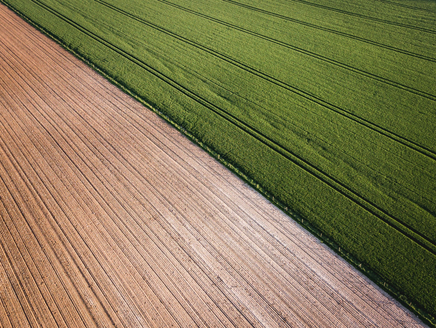 Ivan Bandura on Unsplash Ivan Bandura on Unsplash Man has been engaged in agriculture since the beginning of time. Still, almost 2/3rd of the world population is linked to this occupation. As the human population is expanding, we are getting more and more dependent on this occupation. And this, folks, is what is hurting our earth. Some of those practices will be discussed in this article. As the demand for food worldwide increases, more and more land is cleared by humans to use for agricultural processes. The lands that are cleared are forests or grasslands, which were once supporting a ton of species, and this is what those species have adapted to through millions of years of evolution. Now, as these habitats are cleared, some species adapt to new surroundings, and some just don’t. The species which fail to do so gets wiped out into extinction. This loss of species is very alarming. Plastic pollution is widely known as the accumulation of those waste products whose major component is plastic. The range of this plastic can be categorized as microplastic if its size is less than 5mm, or it can be categorized as macro plastics. This problem has been on the main headlines of major newspapers for several decades. Moreover, there has been extensive literature that has been cited on the issues of pollution caused by plastic.
Still, there exists a major gap between scientific research and the knowledge scale of the general audience. We should do everything in our power to ensure a smooth transfer of knowledge from our labs to the rooms of common people. There can never be a proper application of scientific discoveries if we fail to deliver them properly to our public. This is the same case in the current matter. COVID-19 is something that has been faced by us all at one level or another. With over 185 Million cases reported worldwide and about 4M deaths in 188 countries, the COVID-19 outbreak has been declared as a fast-spreading pandemic by the United Nations’ World Health Organization. We might differ from one another based on intensity, but the after-effects of this global pandemic have left the whole world in jitters. The effects of nighttime lighting on animals have been known for hundreds of years when hunters and fishers would use the light of the flame, lamps, or gas-lit lighthouses to attract their prey to them. But in the past century alone, with artificial light increasing by two percent per year worldwide, the problem of light pollution has become too prevalent.
All species (plants and animals, including humans) are genetically adapted to definitive biological clocks or circadian rhythms. These rhythms are regulated by cues from unchanging days, nights, and seasons, which dictate important life functions and natural behaviors of animals such as sleep-wake cycles, breeding, reproduction, hunting, predation, migration, etc. But, these cycles have been long disturbed by humans lighting up the night. 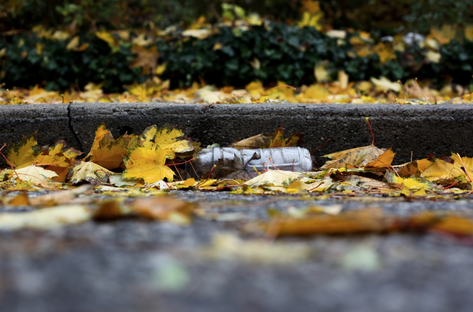 Photo by Jasmin Sessler on Unsplash Photo by Jasmin Sessler on Unsplash Plastic, previously lauded for its longevity, has become a serious threat to the planet. From our kitchens to roadsides, hanging with the branches of the trees to floating in our water channels, from deep oceanic trenches to far north at the highest of the peaks--it is found everywhere! Our life is incomplete without single-use plastics like plastic bags, bottles, coffee cups, straws, grocery and trash bags, food packaging and storage containers, utensils and cutlery, just to name a few. All of these single-use plastics are responsible for a major chunk (about 40%) of plastic pollution, particularly in the marine environment. Being a fossil product, it takes up to 1,000 years to naturally degrade, meaning that every bit of plastic ever produced still exists, either in landfills or oceans. But this hasn’t affected its production, which has been soaring since the 1950s and became popular in the 1970s, then replaced paper by the end of the 1980s. According to a 2017 study, about 18.2 trillion pounds of plastic has been produced so far, and the number is bound to double by 2050. 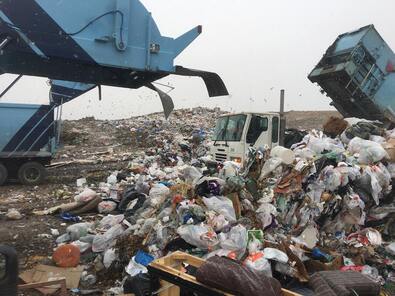 Ross Morris via Unsplash Ross Morris via Unsplash Long before the landfill and environmental regulations, anything and everything was simply dumped directly or buried under the ground at an abandoned site, typically known as dumpsites. A landfill serves the same function as a dumping site, except that the former is well-engineered and regulated by the government. According to the U.S. EPA, 4.4 pounds of trash are produced per capita per day in the U.S., amounting to over 250 million tonnes of garbage per year. We’re generating trash more than we can deal with sustainably. Only a tiny fraction of this trash is recycled, rest (or a part of it) ends in incinerators, landfills, or oceans-where it’d be sitting centuries from now. Only 9% of the plastic ever produced is recycled! |
|
|
(833) CMS-LINE
(833) 267-5463 PO Box 13477 Mill Creek, Wa, 98082 © Conservation Made Simple. All rights reserved.
501(c)(3) Non-Profit, Tax ID#: 82-1646340 Copyright © 2021 Conservation Made Simple |

